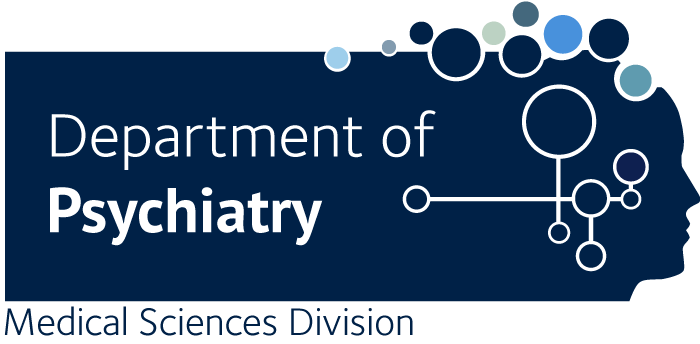Dimensions of Early-Life Adversity Are Differentially Associated With Patterns of Delayed and Accelerated Brain Maturation.
Beck D., Whitmore L., MacSweeney N., Brieant A., Karl V., de Lange A-MG., Westlye LT., Mills KL., Tamnes CK.
BACKGROUND: Different types of early-life adversity (ELA) have been associated with children's brain structure and function. However, understanding the disparate influence of distinct adversity exposures on the developing brain remains a major challenge. METHODS: This study investigates the neural correlates of 10 robust dimensions of ELA identified through exploratory factor analysis in a large community sample of youth from the Adolescent Brain Cognitive Development Study. Brain age models were trained, validated, and tested separately on T1-weighted (n = 9524), diffusion tensor (n = 8834), and resting-state functional (n = 8233) magnetic resonance imaging data from two time points (mean age = 10.7 years, SD = 1.2, age range = 8.9-13.8 years). RESULTS: Bayesian multilevel modeling supported distinct associations between different types of ELA exposures and younger- and older-looking brains. Dimensions generally related to emotional neglect, such as lack of primary and secondary caregiver support and lack of caregiver supervision, were associated with lower brain age gaps, i.e., younger-looking brains. In contrast, dimensions generally related to caregiver psychopathology, trauma exposure, family aggression, substance use and separation from biological parent, and socioeconomic disadvantage and neighborhood safety were associated with higher brain age gaps, i.e., older-looking brains. CONCLUSIONS: The findings suggest that dimensions of ELA are differentially associated with distinct neurodevelopmental patterns, indicative of dimension-specific delayed and accelerated brain maturation.

